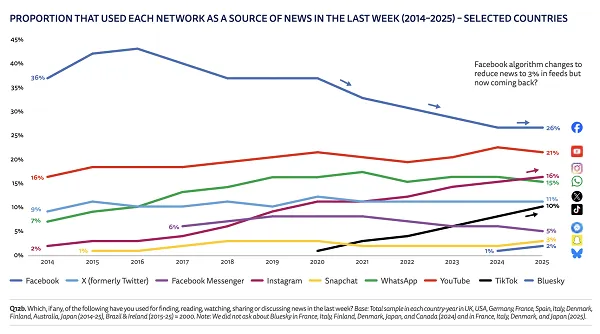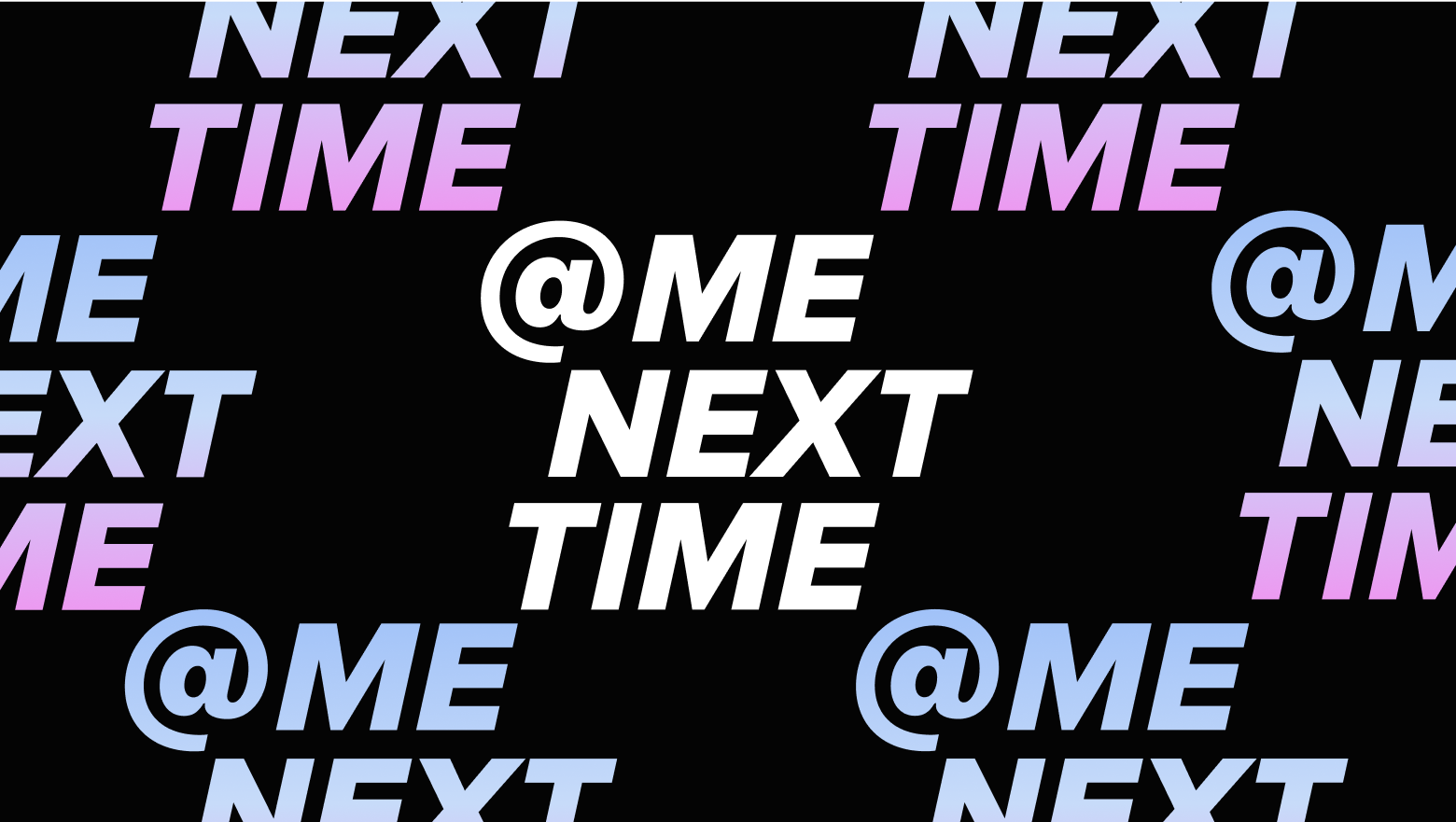Why Opposing Lifestyles Are Buying the Same Brands: What the Progressive and #Tradwife Aesthetic Reveal About Today’s Consumer
In a world where extremes dominate the discourse – right versus left, woke versus traditional,... The post Why Opposing Lifestyles Are Buying the Same Brands: What the Progressive and #Tradwife Aesthetic Reveal About Today’s Consumer appeared first on Social Media Explorer.

In a world where extremes dominate the discourse – right versus left, woke versus traditional, hustle culture versus slow living – something fascinating is happening.
Two seemingly opposing forces, social progressives and the rising wave of #Tradwife influencers are quietly finding common ground. It’s a pivot that could be potentially game-changing fashion, beauty and lifestyle brands.
Culture expert Quynh Mai, founder and CEO of Qulture, has been tracking this convergence.
“There’s a deep yearning across generations and ideologies for something more grounded,” she says. “This shift is less about politics and more about emotional survival in chaotic times. And it’s showing up in the most unexpected places, from the beauty aisle to your TikTok feed.”
Back to the Basics
There’s no clearer sign of this cultural alignment than the return of the classics. Brands like The Gap, J.Crew, and Ralph Lauren are experiencing a renaissance. Their secret? Timelessness.
Forget fast fashion and microtrends. Consumers on both ends of the ideological spectrum are turning toward quality, longevity and comfort. “It’s a return to basics but with intention,” says Mai. “Whether you’re a coastal progressive or a Midwest traditionalist, the appeal of a tailored white shirt and lived-in denim is universal right now.”
This aesthetic is cropping up everywhere, from red carpets to Pinterest mood boards to wardrobes, and reflects a shared desire to slow down and invest in pieces that last, both materially and emotionally.
Cooking over Chaos
In beauty and lifestyle, the same back-to-basics trend is taking hold. Soft, natural make-up is dominating social media, with influencers swapping full glam for dewy skin and brushed-up brows. Clean girl, meet your traditional cousin: the tradwife look, often featuring similarly minimal makeup and modest-but-elegant fashion.
Even the kitchen has become a stage for this new alignment. Consider @Nara Smith, the ultra-glam #tradwife muse who hand-rolls pasta and bakes banana bread in an apron that wouldn’t be out of place in a Nancy Meyers movie. Her popularity cuts across political lines, resonating with followers who are seeking authenticity and simple pleasures, whether they’re wearing Doc Martens or Mary Janes.
“When people feel overwhelmed or uncertain, they instinctively look inward,” says Mai. “Cooking, homemaking and self-care aren’t regressive acts anymore. They’re forms of resistance to chaos. Whether you’re baking bread in Brooklyn or in rural Georgia, it comes from the same impulse.”
The New Comfort Zone
Call it nesting, cocooning or quiet living, it’s the new status symbol. Gone are the days when success was measured by how busy you looked. Now, it’s all about how well you protect your peace.
“Many of us are reassessing what matters,” says Mai. “The pandemic started it, but the chaos of social media, politics, and also climate anxiety have made us crave safety, comfort and also, slowness.”
From progressives opting out of the algorithmic grind to tradwives finding pride in domestic rituals, this cocooning culture reflects a universal need to savour rather than scroll or to retreat rather than react.
Even retail spaces are adapting. Brands are leaning into this desire for calm with soft colour palettes, tactile materials, and messages rooted in wellness and intention. Think more handmade clay mugs, fewer machine-made stainless-steel straws.
Different Movements, Same Mindfulness
Of course, the drivers behind these trends aren’t always the same. For some, baking sourdough is about self-sufficiency and rejecting capitalist food systems. For others, it’s a celebration of tradition and family roles but the surface behaviours look remarkably similar.
“This is what makes the convergence so compelling,” says Mai. “On TikTok, you’ll see an anarchist herbalist and a Christian homemaker giving the same advice about herbal teas for anxiety. Their politics are different, but their lifestyle choices are crossing over. That’s powerful.”
It’s less about the ‘why’ and more about the ‘what’. What matters is that these disparate communities are gravitating toward the same emotional destinations: comfort, connection and control.
The Implications for Brands
So what does this all mean for marketers and culture-makers? A significant amount. If the universal demographic playbook says you must speak to one tribe or another, this trend could be urging marketers to think again.
Brands that embrace timelessness, emotional resonance, and sincerity are winning across audiences. Whether it’s fashion labels offering capsule collections or beauty brands focusing on skin-first routines, the appetite is for substance over spectacle.
Even messaging is shifting. “Quiet Living is 2025’s buzzword,” Mai says. “You can’t fake this kind of emotional intelligence. Consumers can tell when a brand gets it and when it’s just jumping on a trend for engagement.”
The smartest players are now tapping into shared desires and crafting experiences that feel comforting, real, and lasting, regardless of political alignment.
Cultural Echoes
In many ways, this convergence between progressives and tradwives isn’t a contradiction; it’s a reminder that culture is cyclical. What looks like ideological opposites often circle back to the same emotional truths.
“Despite how it can sometimes feel, tradition and progress aren’t always adversarial,” says Mai. “They’re both reactions to the same things: burnout, disconnection, and instability. That’s why they’re meeting in the middle.”
So while it’s easy to focus on the divisions, the more interesting, and possibly more human, story is in the overlap. Underneath the hashtags and hot takes, we’re all just trying to make sense of an overwhelming world, often by turning to the same rituals and values, dressed in different aesthetics.
More United Than Divided?
From old-school fashion to slow living and sourdough bread, we’re watching a cultural realignment that’s less about politics and more about peace. There is more that unites us than divides us. The progressive coder and the tradwife influencer may seem worlds apart, but they’re reaching for the same thing: a simpler, more grounded way of being.
Quynh Mai is the CEO and Founder of Qulture, a future-forward creative strategy agency helping brands understand and engage with Gen Z and emerging cultural trends.
The post Why Opposing Lifestyles Are Buying the Same Brands: What the Progressive and #Tradwife Aesthetic Reveal About Today’s Consumer appeared first on Social Media Explorer.

.jpg)














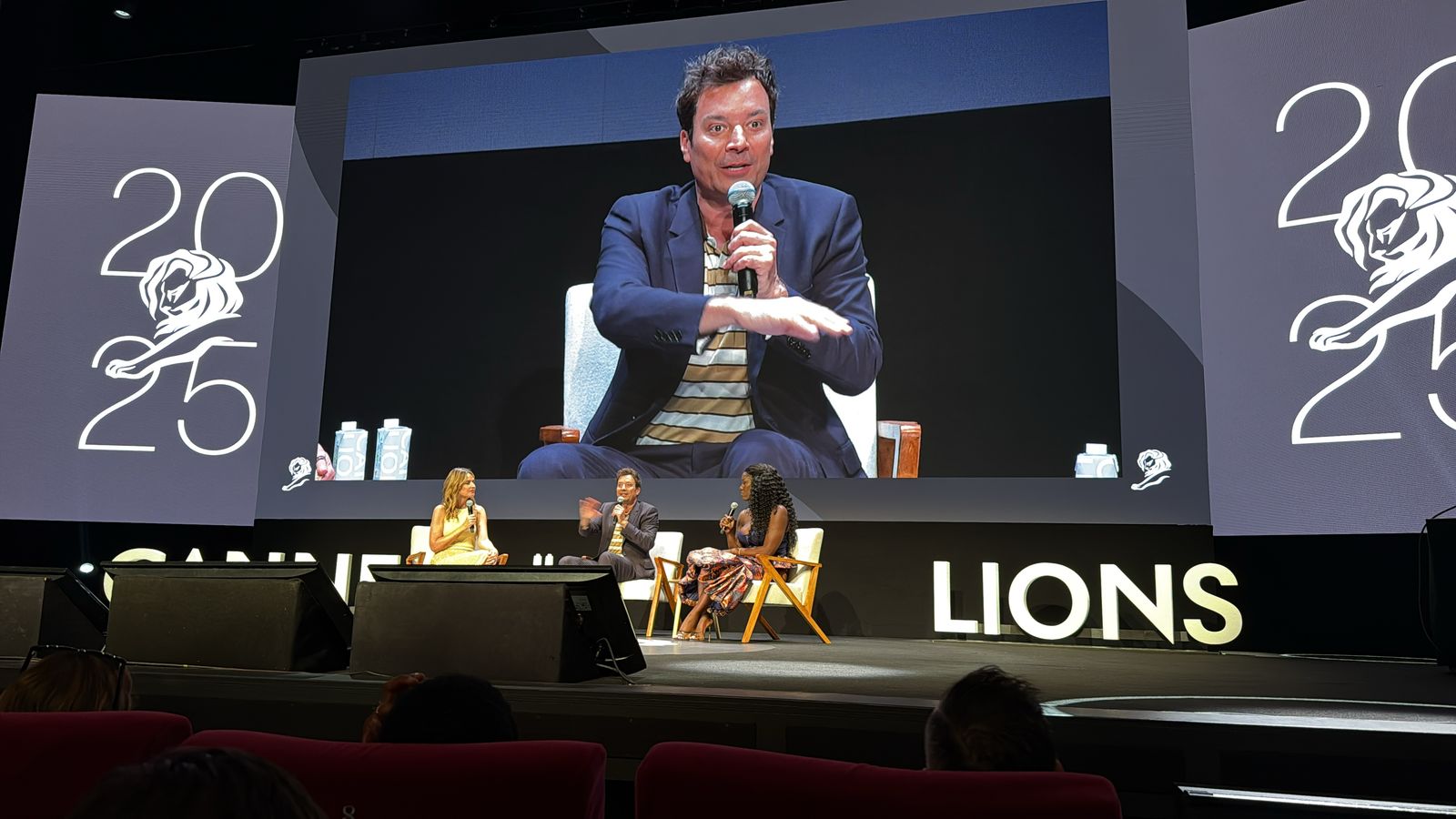
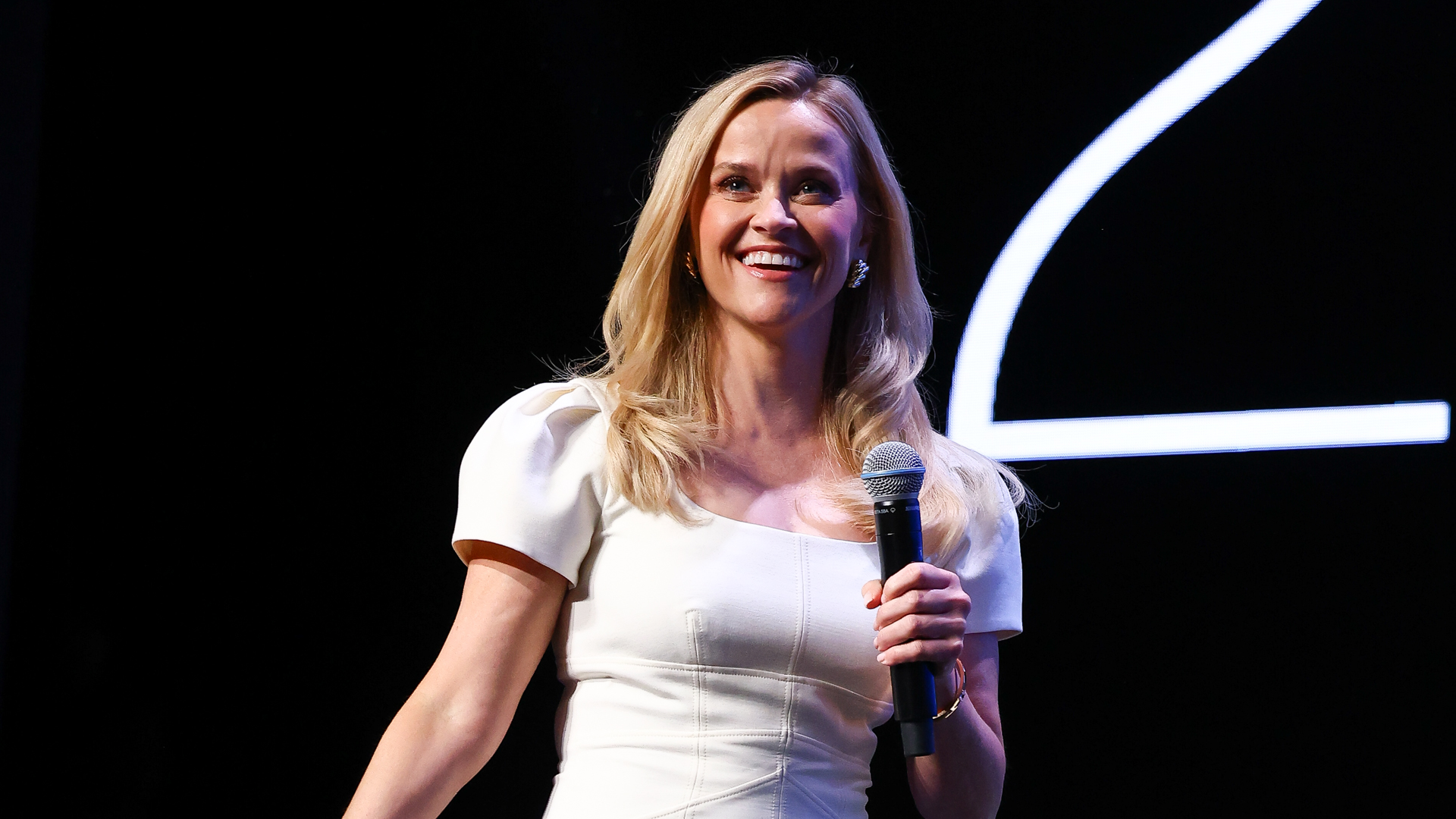
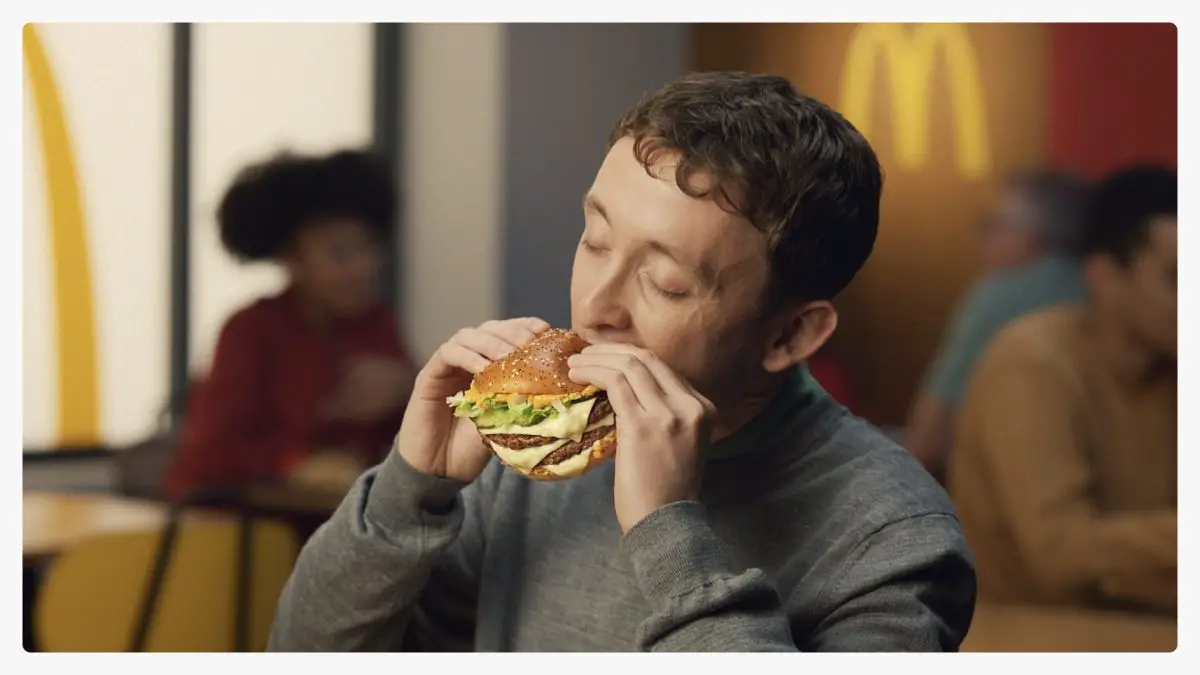
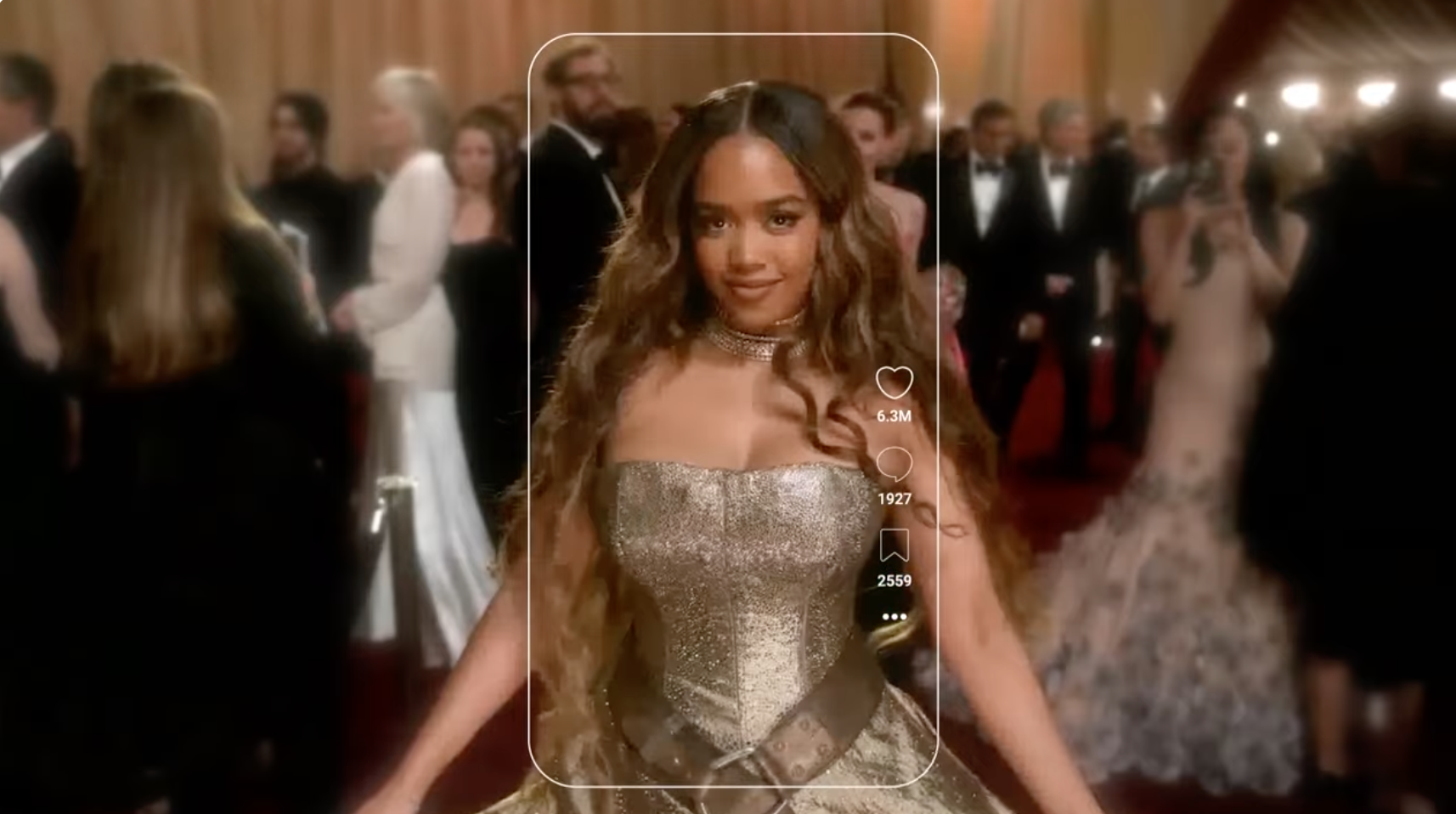









![How To Drive More Conversions With Fewer Clicks [MozCon 2025 Speaker Series]](https://moz.com/images/blog/banners/Mozcon2025_SpeakerBlogHeader_1180x400_RebeccaJackson_London.png?auto=compress,format&fit=crop&dm=1750097440&s=282171eb79ac511caa72821d69580a6e#)

![Brand and SEO Sitting on a Tree: K-I-S-S-I-N-G [Mozcon 2025 Speaker Series]](https://moz.com/images/blog/banners/Mozcon2025_SpeakerBlogHeader_1180x400_LidiaInfante_London.png?auto=compress,format&fit=crop&dm=1749465874&s=56275e60eb1f4363767c42d318c4ef4a#)





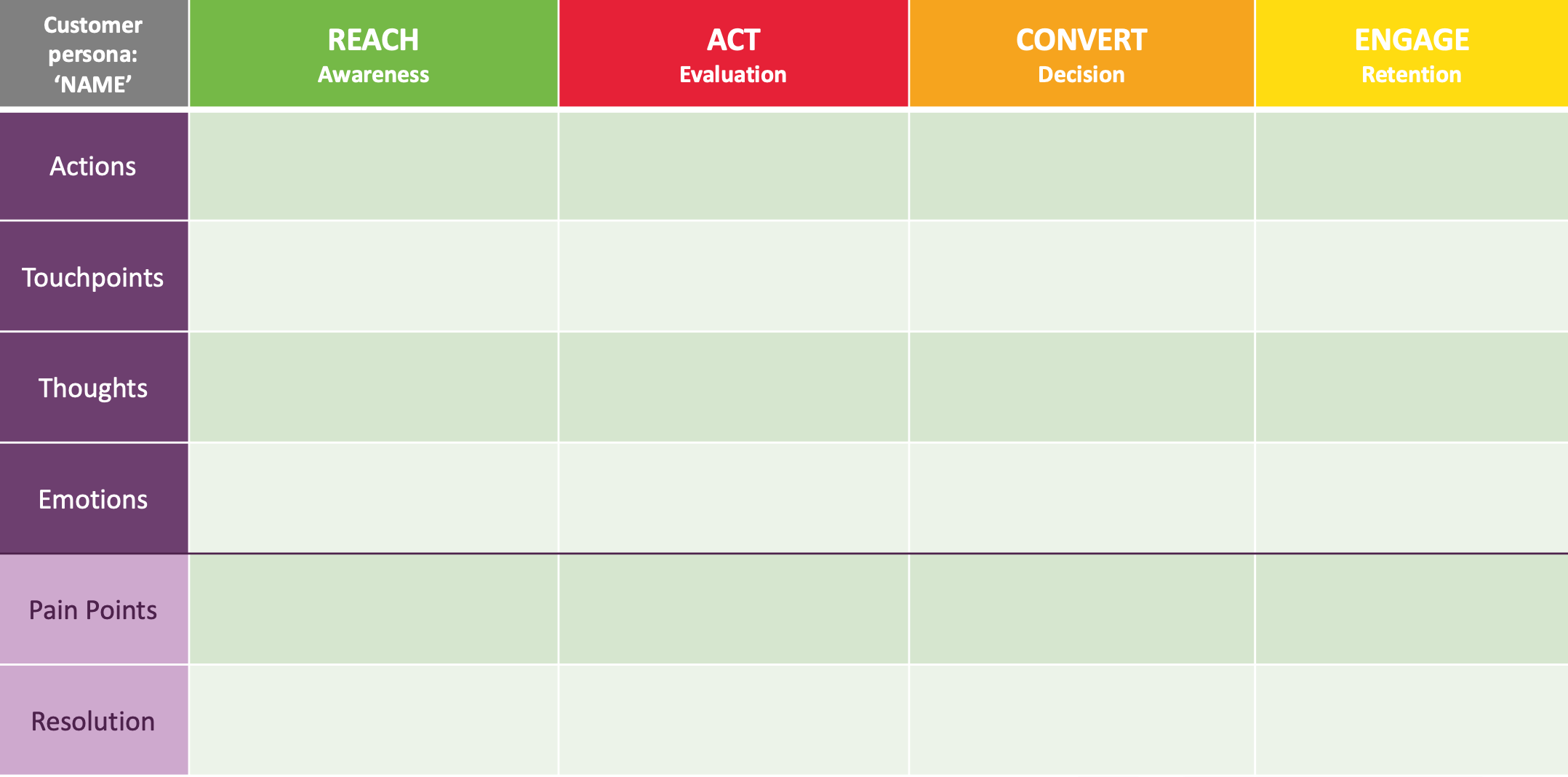















![The 11 Best Landing Page Builder Software Tools [2025]](https://www.growthmarketingpro.com/wp-content/uploads/2024/04/best-landing-page-software-hero-image-1024x618.png?#)





































![How to Create an SEO Forecast [Free Template Included] — Whiteboard Friday](https://moz.com/images/blog/banners/WBF-SEOForecasting-Blog_Header.png?auto=compress,format&fit=crop&dm=1694010279&s=318ed1d453ed4f230e8e4b50ecee5417#)
![How To Build AI Tools To Automate Your SEO Workflows [MozCon 2025 Speaker Series]](https://moz.com/images/blog/banners/Mozcon2025_SpeakerBlogHeader_1180x400_Andrew_London-1.png?auto=compress,format&fit=crop&dm=1749642474&s=7897686f91f4e22a1f5191ea07414026#)









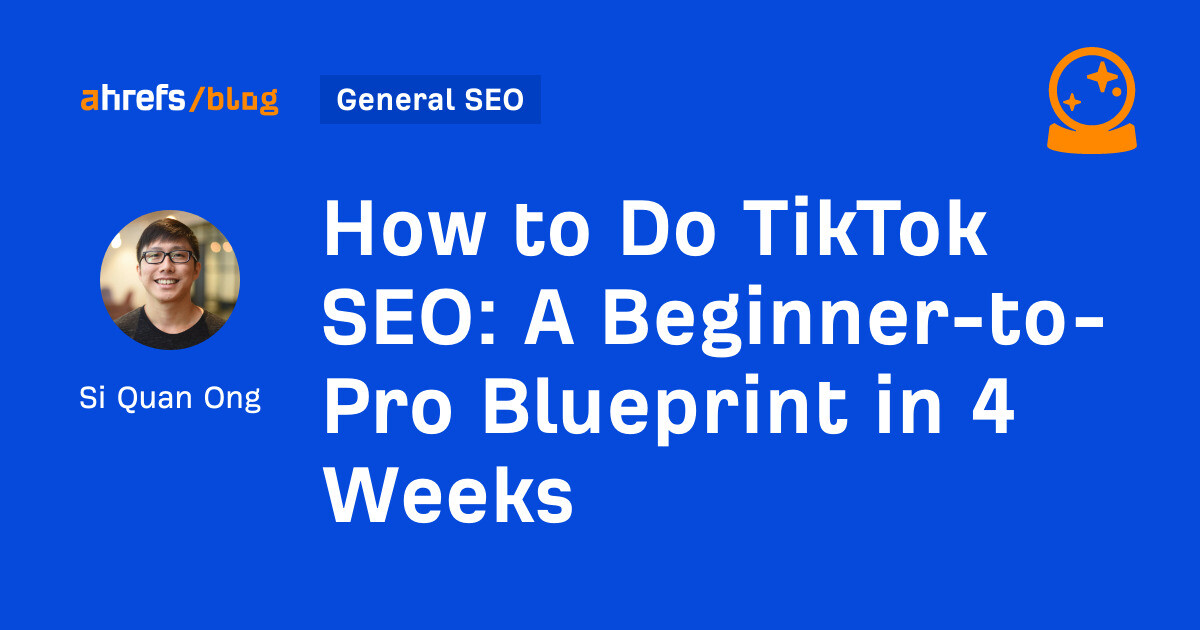

![AI Content Is 4.7x Cheaper Than Human Content [+ New Research Report]](https://ahrefs.com/blog/wp-content/uploads/2025/06/ai-content-is-4.7x-cheaper-than-by-ryan-law-data-studies.jpg)





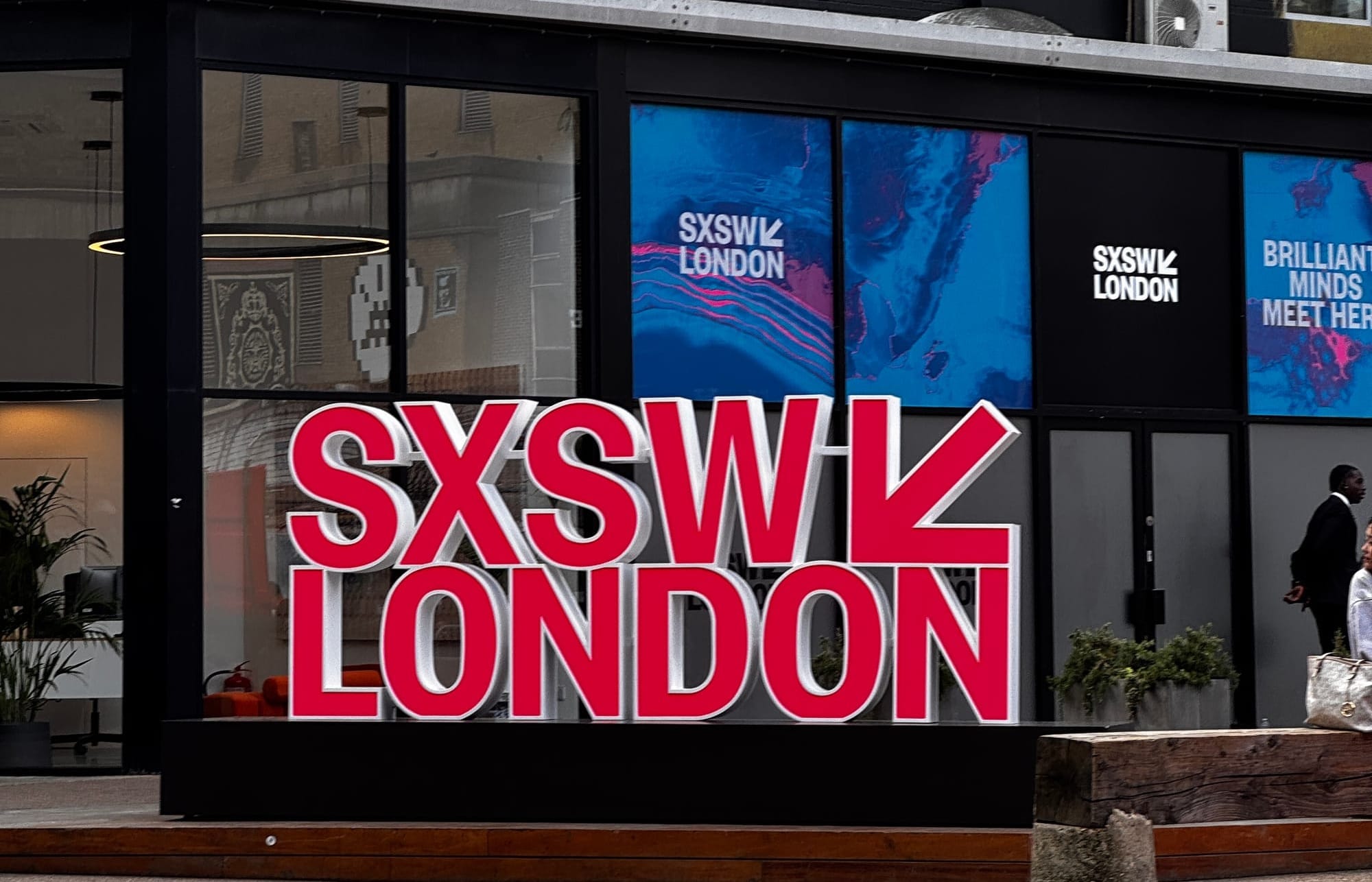






![Brand pitch guide for creators [deck and email templates]](https://blog.hootsuite.com/wp-content/uploads/2022/06/brand-pitch-template.png)















